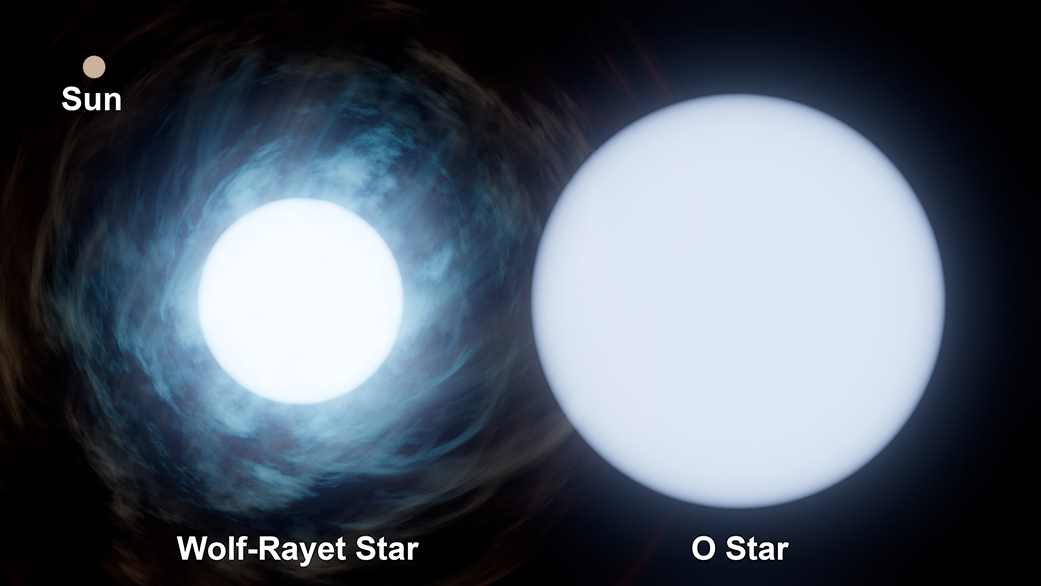
Cosmic Fingerprint
NASA’s James Webb Space Telescope has taken yet another gorgeous image of the cosmos — and this time, the result looks a little like something we’re very familiar with here on Earth.
In a press release, NASA noted that the telescope’s latest stunning image — which shows a binary star system called Wolf-Rayet 140 just over 5,000 light-years away — resembles a human fingerprint, with its concentric rings of stardust, formed by light emanating from the two stars.
“Each ring was created when the two stars came close together and their stellar winds (streams of gas they blow into space) met, compressing the gas and forming dust,” the agency’s press release reads. “The stars’ orbits bring them together about once every eight years; like the growth of rings of a tree’s trunk, the dust loops mark the passage of time.”
Centuries of Dust
The stunning image is also the subject of a new study published in the journal Nature Astronomy. As National Science Foundation astronomer and lead author Ryan Lau notes, it’s a fascinating slice of history.
“We’re looking at over a century of dust production from this system,” Lau said in NASA’s press release.
“The image also illustrates just how sensitive this telescope is,” Lau explained. “Before, we were only able to see two dust rings, using ground-based telescopes. Now we see at least 17 of them.”

Kneading Dough
Unlike other stars, Wolf-Rayet stars emit their distinctive dust clouds — which are made up of hydrogen, carbon, and other elements — as they shed their masses.
“The heavy elements in the wind cool as they travel into space and are then compressed where the winds from both stars meet,” the NASA press release notes, “like when two hands knead dough.”
The James Webb image captures the stardust as it moves outward from its star system, characteristic of a Wolf-Rayet star — a process as beautiful as it is foundational to the formation of stars.
As NASA notes, it may even provide clues about the formation of our own Sun.
More Webbing: Usually You Can’t See Rings on Neptune. With the James Webb, Though… Wow